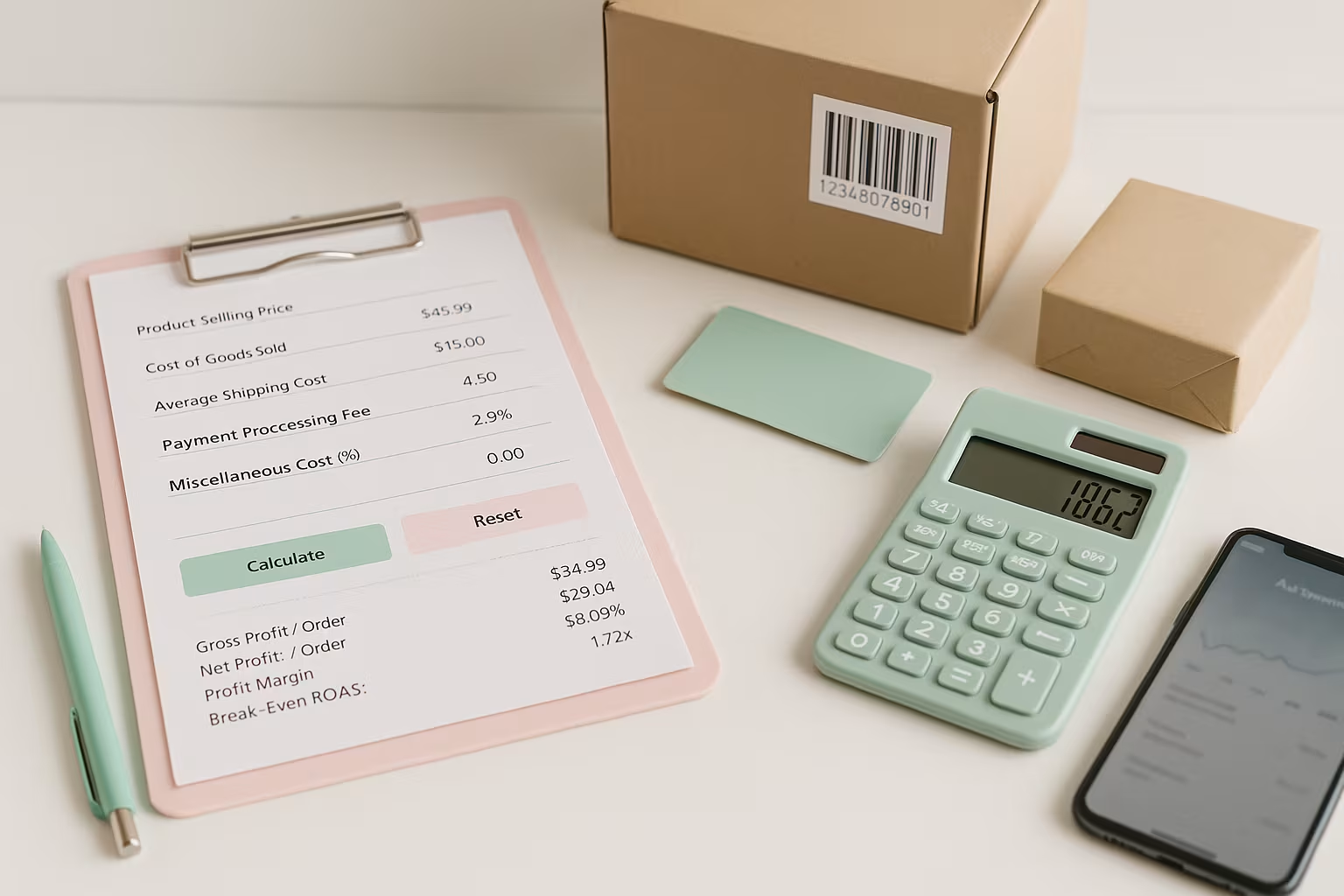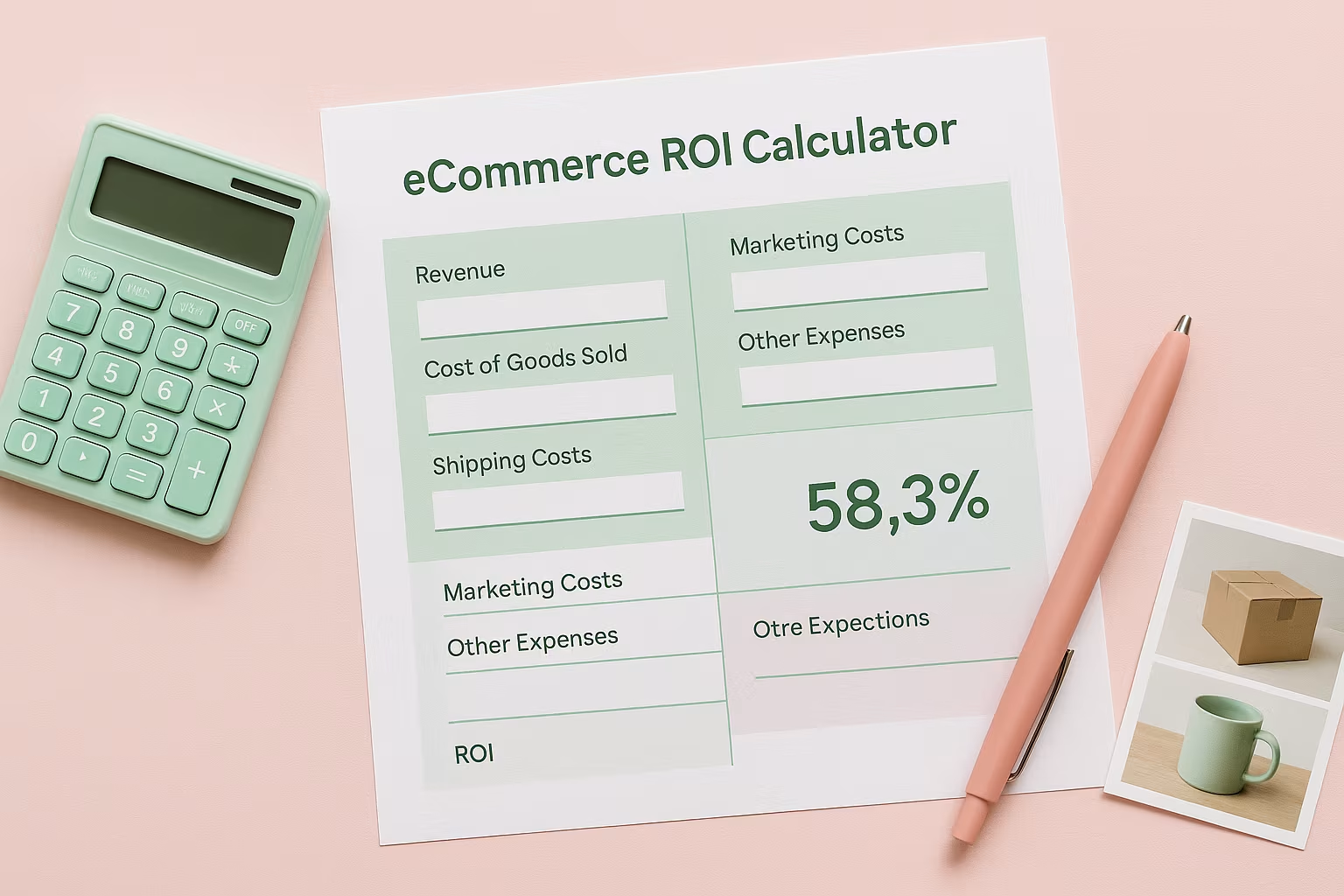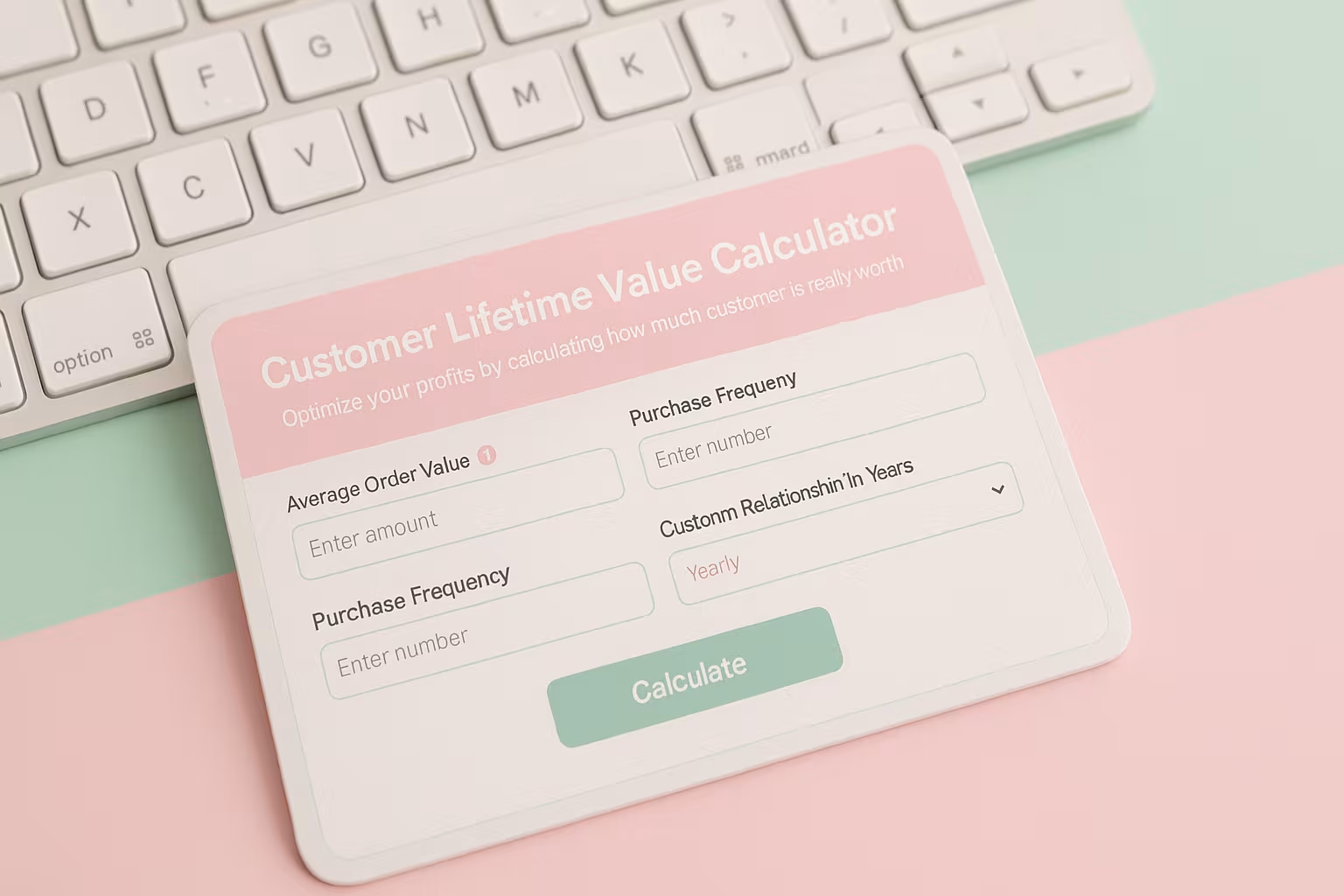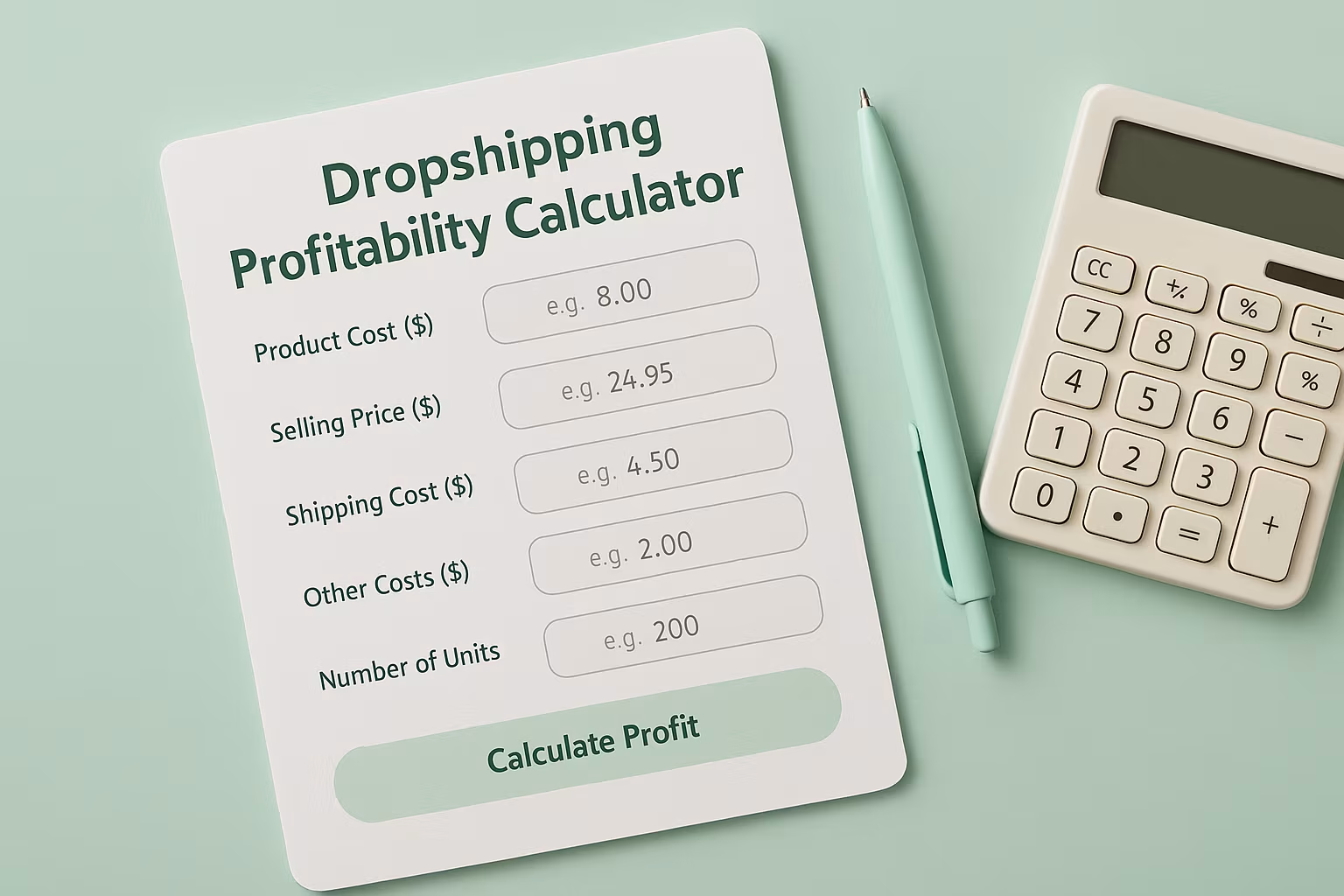How to Protect a Brand When Relying on Third-Party Suppliers? Brand Protection

Building a successful e-commerce business often means partnering with third-party suppliers to handle manufacturing, fulfillment, or product sourcing.
Over 94% of Fortune 1000 companies have faced supply chain disruptions in recent years, proving how critical supplier management is.
Protecting a brand when relying on third-party suppliers takes more than just vetting partners. When suppliers ship defective products or cause poor customer experiences, it’s the brand that takes the hit.
This guide on how to protect a brand when relying on third-party suppliers explores key strategies to safeguard your reputation and earn long-term trust.
Complete Brand Protection Framework for Third-Party Suppliers
The foundation of brand protection starts with establishing comprehensive quality control systems before problems arise.
Too many business owners treat supplier relationships as transactional arrangements, failing to recognize that every supplier decision directly impacts customer perception and long-term brand value.
Here's the complete framework for protecting your brand:
Step 1: Implement Rigorous Supplier Vetting
Thorough supplier evaluation goes beyond comparing prices and delivery times. Your vetting process should include:
- Manufacturing process documentation and quality certifications review
- Contact verification with at least three existing customers, focusing on consistency and communication
- Financial stability assessment through credit reports and bank references
- On-site facility audits (in-person or third-party) covering equipment, staff training, and compliance
Manufacturing facility audits provide crucial insights that standard communication cannot reveal. Document everything with photos and detailed notes, paying special attention to suppliers experiencing financial stress who might compromise on raw material quality or rush production schedules.

Step 2: Establish Clear Quality Standards and Documentation
Written specifications eliminate ambiguity and provide legal protection when disputes arise. Your documentation system should include:
- Detailed product requirement documents with material specifications and performance standards
- Visual references, technical drawings, and approved samples
- Mandatory inspection points at raw material receipt, mid-production, and final packaging
- Regular reporting schedules and escalation procedures for quality issues
Quality control checkpoints throughout the production process catch problems before they reach customers. Define specific criteria for passing each checkpoint and maintain detailed records of all interactions for future dispute resolution.
Step 3: Create Comprehensive Legal Protections
Supplier agreements must address brand protection explicitly, not just product delivery requirements. Essential contract elements include:
- Intellectual property protection clauses and quality standards compliance
- Recall procedures and liability allocation specifications
- Product liability insurance requirements with your company as an additional insured
- Termination clauses for quality failures, safety violations, or brand protection breaches
Insurance requirements protect against catastrophic supplier failures. Verify coverage amounts match potential exposure levels and confirm policies remain active throughout the relationship.
Step 4: Implement Continuous Monitoring Systems
Ongoing oversight prevents small issues from becoming brand disasters. Establish:
- Statistical process control methods for key quality metrics monitoring
- Customer feedback analysis by supplier and product line
- Regular supplier performance reviews covering quality, capacity, and market changes
- Third-party monitoring services for independent verification

Building Strategic Supplier Relationships for Long-Term Brand Protection
Beyond basic vetting and contracts, successful brand protection requires strategic relationship management that creates mutual incentives for quality performance. Single-source dependencies create unnecessary vulnerability to supplier problems, making diversification essential for risk management.
Develop relationships with multiple suppliers for critical products, maintaining active secondary sources even when primary relationships perform well.
Geographic diversification reduces risks from regional issues like natural disasters, political instability, or regulatory changes.
Balance cost considerations against risk reduction benefits, particularly for products representing significant revenue percentages.
Testing backup suppliers regularly ensures they can deliver when needed. Key relationship-building strategies include:
- Regular testing of secondary suppliers with small orders to verify quality and communication
- Monthly or quarterly business reviews covering performance, capacity, and market changes
- Cultural understanding development for international suppliers to prevent misunderstandings
- Clear escalation procedures with defined response times for different problem types
Strong communication channels maintain relationship strength and identify potential issues early. Use business reviews to reinforce quality expectations and discuss improvement opportunities, creating partnerships rather than transactional relationships.

Industry-Specific Considerations
Different product categories require tailored brand protection approaches. Companies offering private label dropshipping face strict FDA regulations and potential health risks that demand extensive documentation and testing protocols.
Similarly, businesses in private-label skincare must navigate cosmetic safety regulations and allergen concerns that could trigger serious customer reactions.
Food and beverage brands, including those in private-label coffee, deal with perishability issues, taste consistency challenges, and food safety regulations that require specialized supplier capabilities. Understanding these industry-specific risks helps prioritize protection efforts where they matter most.
For businesses exploring private-label supplements with no minimum order options, the reduced commitment can increase quality risks since smaller order volumes may receive less attention from suppliers.
Counteract this by establishing clear quality expectations upfront and maintaining frequent communication throughout the relationship.
Technology Tools and Crisis Management for Brand Protection
Modern supply chain management requires leveraging technology tools alongside traditional oversight methods. Supply chain management software provides centralized visibility into supplier performance across multiple metrics, integrating quality data, delivery performance, and communication history in unified dashboards.
A fulfillment solution also plays a critical role, ensuring accurate, timely deliveries while offering real-time tracking and inventory updates to reduce risk and improve customer satisfaction.
Emerging technologies offer additional protection layers:
- Blockchain solutions for supply chain transparency and authenticity verification
- IoT sensors for real-time monitoring of environmental conditions during production and shipping
- Automated quality tracking systems with statistical process control for trend identification
- Third-party monitoring services for independent performance verification
Despite preventive measures, supplier-related brand damage sometimes occurs. Rapid response capabilities minimize negative impact and demonstrate professional crisis management. Communication strategies during quality crises require a careful balance between transparency and brand protection.
Product recall procedures should be documented and rehearsed before becoming necessary. Essential crisis management elements include:
- Clear decision criteria for recall situations with maintained customer contact databases
- Prepared communication templates for different crisis scenarios
- Speed and professionalism protocols that can strengthen long-term customer trust
- Honest acknowledgment of problems while emphasizing corrective actions
Avoid blaming suppliers publicly, as this reflects poorly on supplier selection judgment and overall brand management capabilities.
Pro Tip: Create a monthly "supplier report card" system to grade partners on quality, communication, and on-time delivery. Share these scorecards quarterly and link them to pricing or allocation decisions.
When suppliers see how performance impacts business outcomes, they tend to improve, shifting the relationship from reactive fixes to proactive performance management.
Behind-the-Scenes Wisdom: Supplier Tiering Strategy Most Brands Overlook
Most businesses track supplier performance as pass or fail, but top-performing brands use a supplier tiering system to reward excellence. Tiers like Gold, Silver, and Watchlist are updated quarterly using KPIs such as defect rates, communication response times, and delivery accuracy.
This creates a gamified incentive structure, where high-performing suppliers earn better pricing, larger orders, and priority treatment. The result is stronger performance and long-term loyalty, not just basic compliance.
To make this strategy effective, your scoring system must be visible to suppliers and tied to tangible business outcomes. Top-tier partners can be rewarded with early payment terms, exclusive contracts, or performance bonuses.
Over time, this encourages suppliers to invest in better quality control and reliability. It transforms your supply chain from reactive issue resolution to a performance-driven ecosystem.
Moving Forward with Confidence
Brand protection with third-party suppliers requires consistent attention and structured systems, not just occasional check-ins. Leading brands view suppliers as strategic partners with shared incentives to uphold quality and customer satisfaction.
Start by applying these strategies to your highest-risk or highest-volume suppliers. Track performance baselines, implement monitoring tools, and expand protections gradually.
This ongoing effort reduces complaints, lowers return rates, and strengthens long-term brand value. Regularly review and refine your approach as your business evolves.
FAQ
Related blogs

Break-Even ROAS Calculator: Find Out What You Can Afford to Spend on Ads

Ecommerce ROI Calculator: Scale Your Store

Customer Lifetime Value Calculator: Unlock Your E-commerce Revenue Potential


